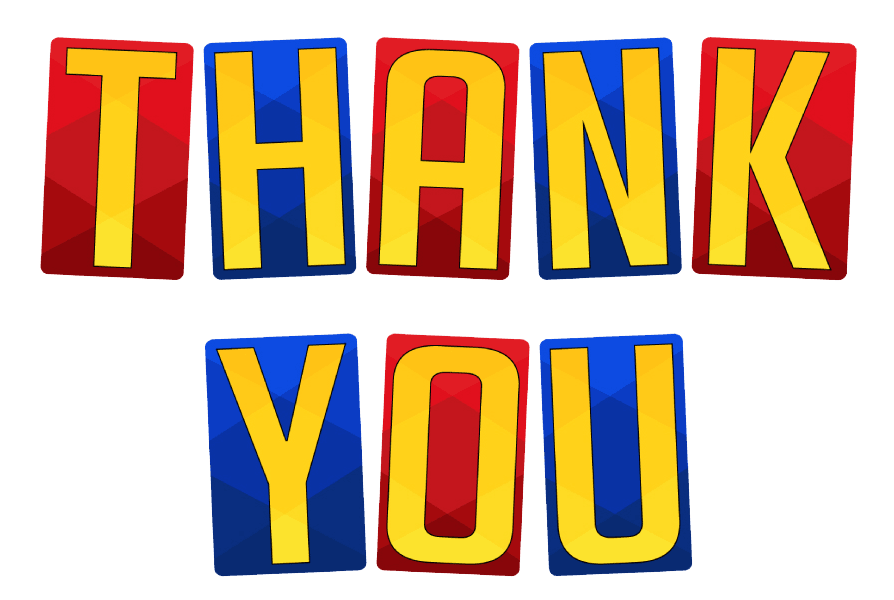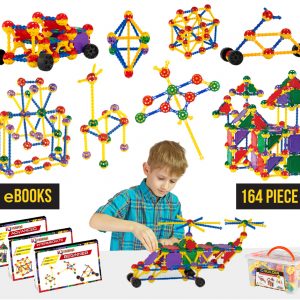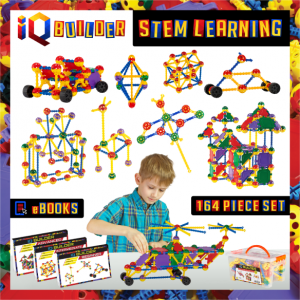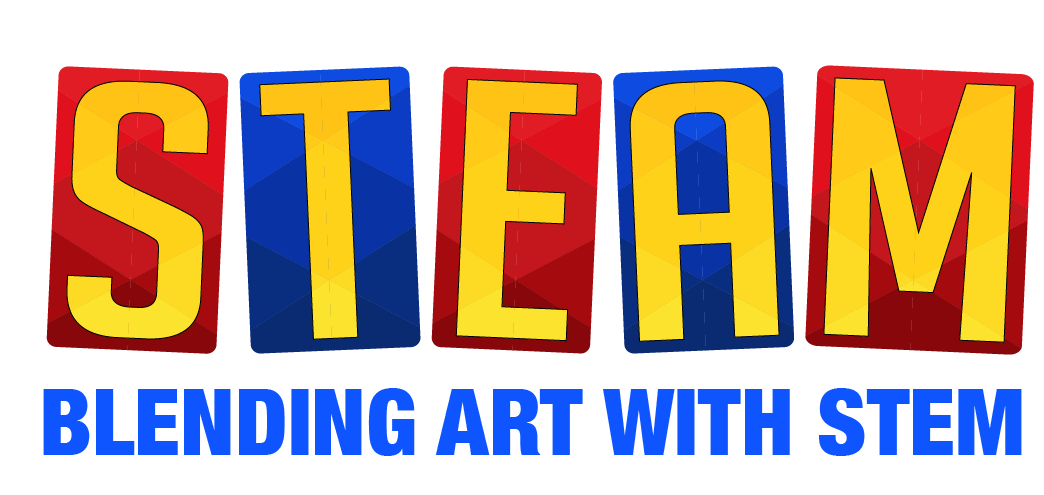
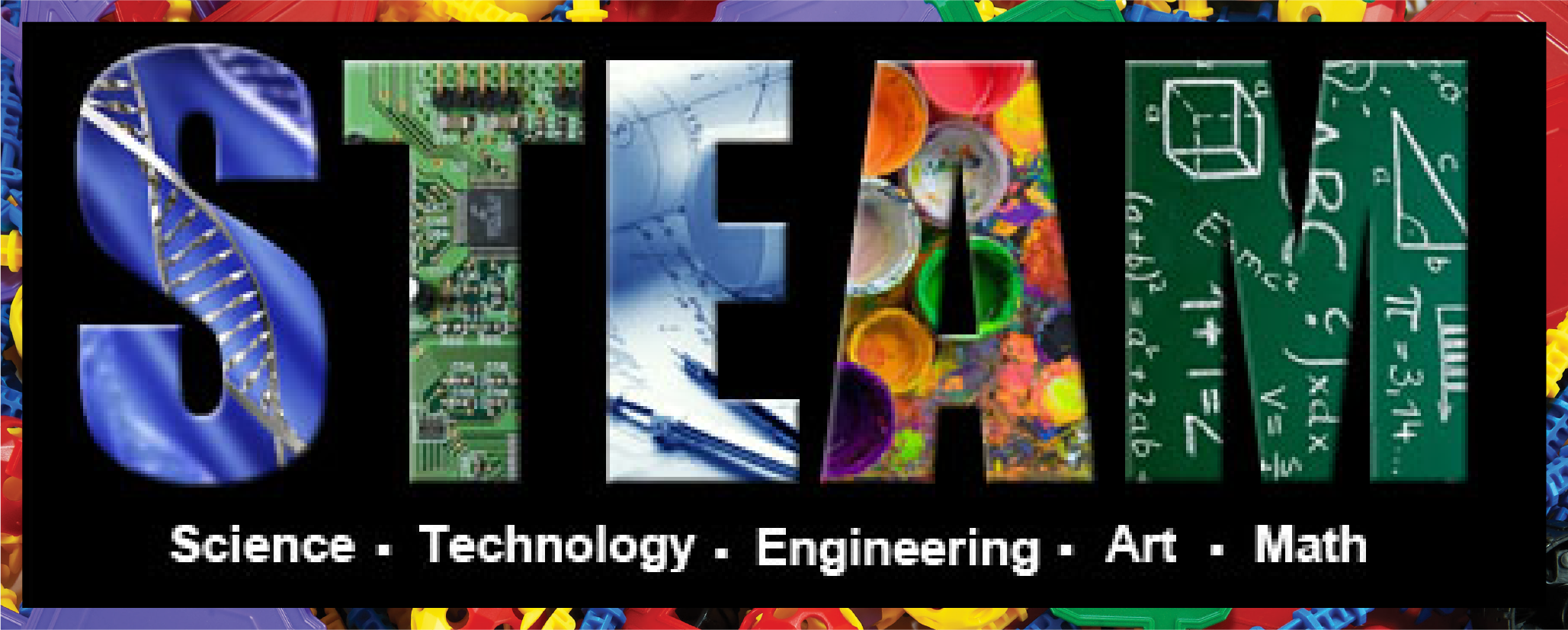
Imagine a world without bridges, houses, kitchen tools… or social media. These inventions are the results of both innovation and creativity. Do you ever wonder why we have made such a distinction between art and science? Between creativity and mathematics?
The greatest thinkers and artists of the past always saw science and art as a combined force rather than separate disciplines. The STEM (Science, Technology, Engineering and Mathematics) to STEAM (STEM + Arts) movement founded by Georgette Yakman in 2007 addresses this disparity, emphasizing the need for embedding language, fine arts and music in STEM learning.
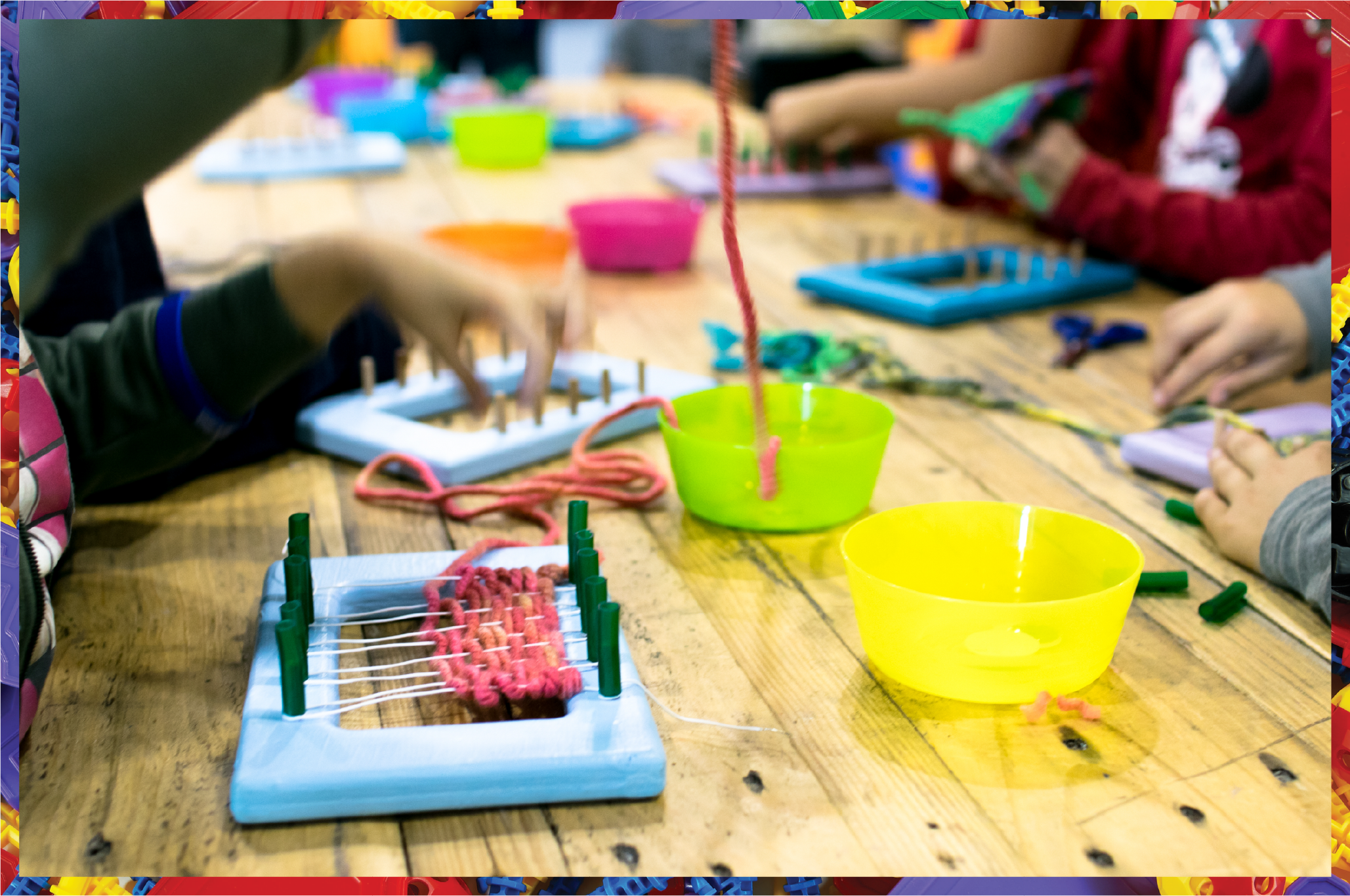
STEAM relates to the integrated knowledge of science, technology, engineering, arts and mathematics. With the STEAM approach, students learn to think out of the box, stretching their imagination to do the unthinkable in ways that positively impact the world. Incorporating Arts into STEM learning fills the void of creativity-related components in the curriculum, to equip students with necessary skills such as problem solving and critical thinking.
While science and technology helped shape the world in the past, arts and design are the key players for transforming the economy and the future in the 21st century. 86% of Americans agree an art education facilitates a child’s behavioral response in school while 93% of the citizens believe it’s vital for balanced education.
HOW DOES STEAM WORK IN CLASSROOMS?
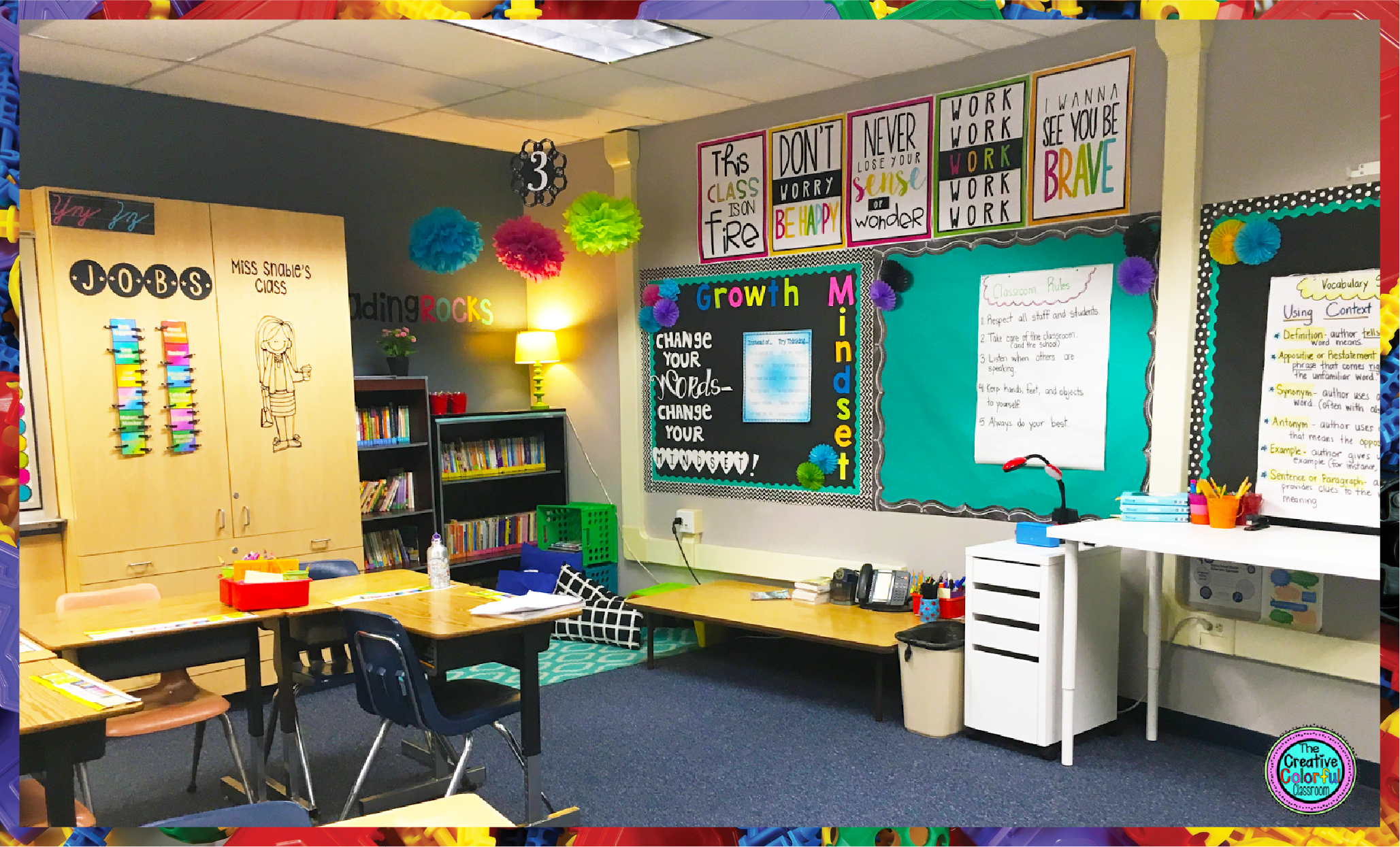
STEAM is being used in the classrooms through interactive activities and lessons which infuse arts and design with the four other academic disciplines. For example, students learn how to design a wire sculpture using both scientific and artistic concepts They are motivated to ask questions and collaborate with their classmates to find out answers to questions like ‘how does this work?’, ‘how about a different design?’ or ‘what if we tried a different wiring arrangement to light up the bulb?’.
Fun and hands-on activities like these promote teamwork and allow students to find solutions to different problems connected to real-world scenarios. Teachers in West Virginia for example, are using Todd Ensign Prezi and project based lessons for imparting education. Other STEAM resources used in classrooms include the STEM education coalition, PBS STEM resource, the STEM academy and STEM education lessons.
STEAM IS THE REQUIREMENT OF THE FUTURE
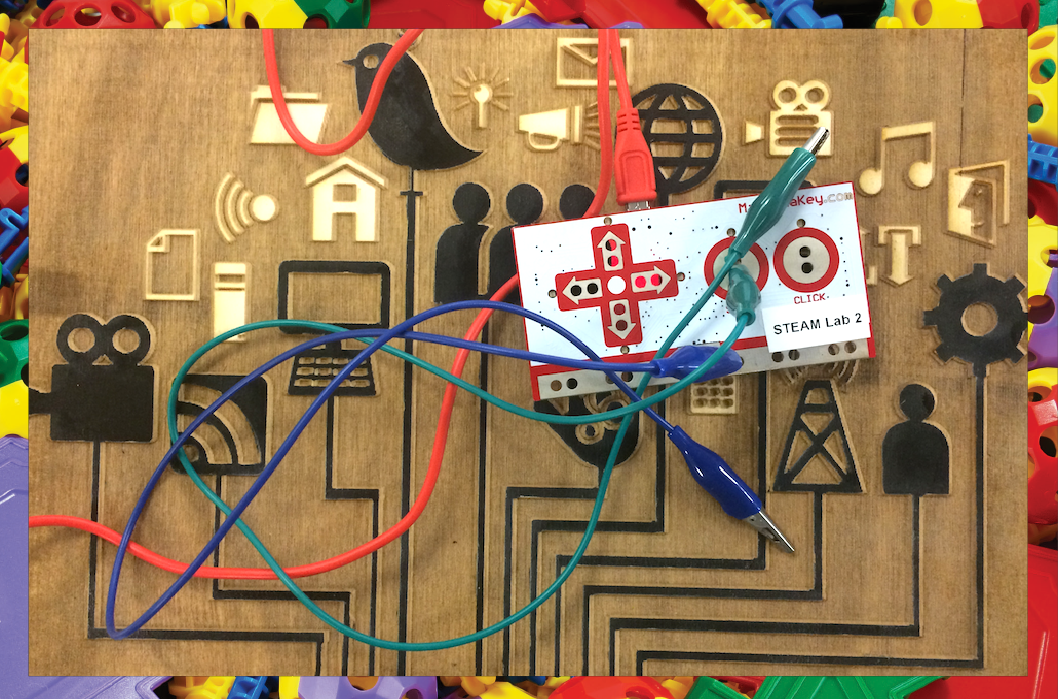
School Beats, a recognized curriculum of Education Through Entertainment & Arts Partnership, uses trending culture as the means for learning STEAM concepts. This program gives students hands on experience running an entertainment company to teach them about the different aspects of team work and knowledge application. At DeSoto West Middle School‘ iSTEAM3D Magnet Academy, students are using the MakerBot Replicator 2 desktop 3D
printers. From using mathematics to engineer bridges to designing houses with working lights and water inlets, these students are using this software to build cities instead of just learning about them. The houses designed using the 3D printers can help minimize homelessness across the globe in the future.
Innovative toys and gadgets these days are getting kids excited about STEAM. Makey Makey, for example allows kids to build banana pianos, learn through game controllers and explore creative technology to build something unconventional. The shift from STEM to STEAM is essential as it changes the way kids see and perceive these subjects so they use technology like any art tool.
As John Dewey said, ‘Every great advance in science has issued from a new audacity of the imagination.” This is the aim of the STEAM movement: to inspire kids so the young designers building a banana piano today could design a new musical instrument tomorrow.
School Beats, a recognized curriculum of Education Through Entertainment & Arts Partnership, uses trending culture as the means for learning STEAM concepts. This program gives students hands on experience running an entertainment company to teach them about the different aspects of team work and knowledge application. At DeSoto West Middle School‘ iSTEAM3D Magnet Academy, students are using the MakerBot Replicator 2 desktop 3D printers. From using mathematics to engineer bridges to designing houses with working lights and water inlets, these students are using this software to build cities instead of just learning about them. The houses designed using the 3D printers can help minimize homelessness across the globe in the future.
Innovative toys and gadgets these days are getting kids excited about STEAM. Makey Makey, for example allows kids to build banana pianos, learn through game controllers and explore creative technology to build something unconventional. The shift from STEM to STEAM is essential as it changes the way kids see and perceive these subjects so they use technology like any art tool.
As John Dewey said, ‘Every great advance in science has issued from a new audacity of the imagination.” This is the aim of the STEAM movement: to inspire kids so the young designers building a banana piano today could design a new musical instrument tomorrow.
References
https://education.cu-portland.edu/blog/classroom-resources/benefits-of-teaching-steam/
https://elearninginfographics.com/steam-not-just-stem-education-infographic/
http://www.steamcurriculum.com/vibe.html
https://edtechmagazine.com/k12/article/2014/04/schools-shift-stem-steam
https://educationcloset.com/steam/steam-resources-for-any-classroom/
http://www.stemedcoalition.org/
https://thesteamacademy.wordpress.com/
https://www.microsoft.com/en-us/education/education-workshop/default.aspx
https://www.stemfinity.com/School-Beats-STEAM-6-8
http://www.westms.desotoisd.org/
http://www.westms.desotoisd.org/?PageName=’OrganizationPage’&OrganizationID=’30127’
http://mediad.publicbroadcasting.net/p/wcbu/files/201711/ed030ecba5c33504dc6df195064ea449_0.jpg




